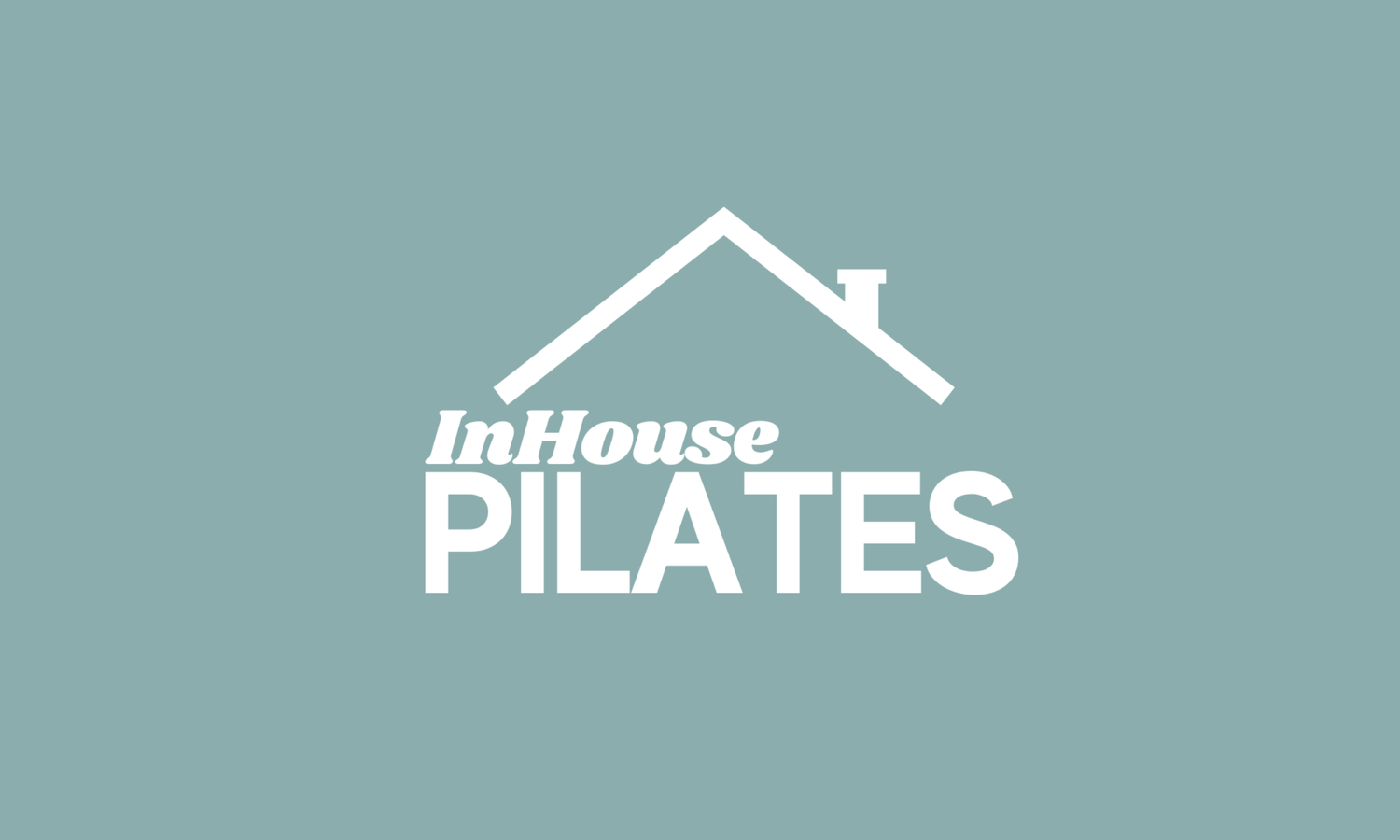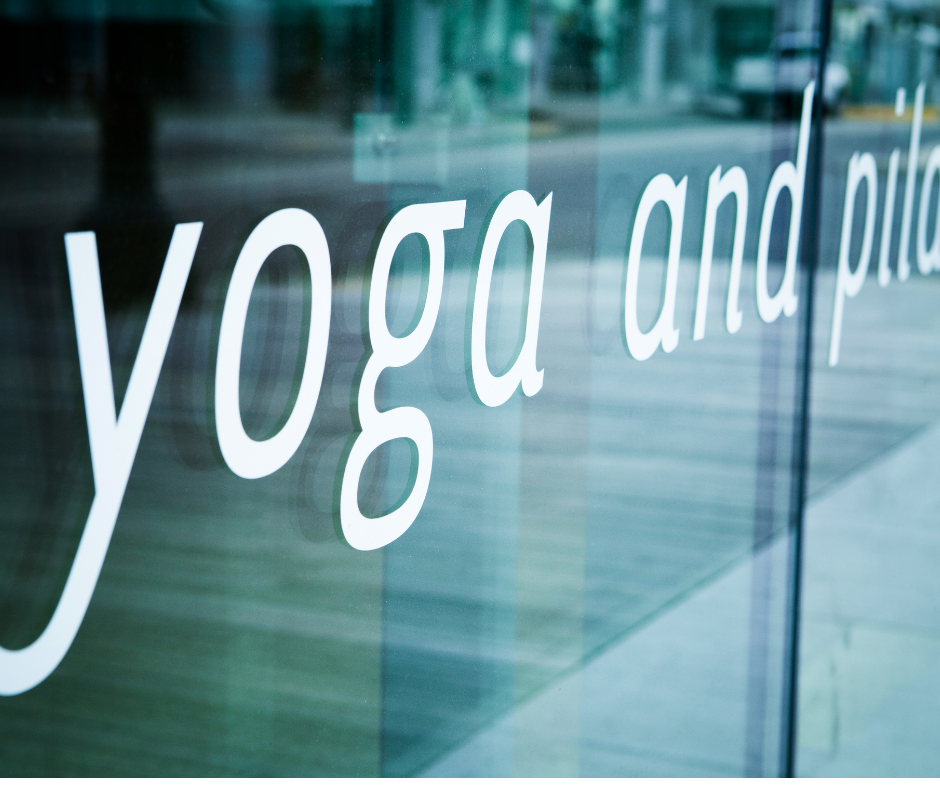Debunking the top 5 Pilates myths.
When I’m asked what work I do, I usually either get a ‘‘oh that’s nice” or a ‘that like yoga right?” Which usually ends with me slapping my head!
I even find when I’m looking for a certain image on well-known platforms and type the word ‘Pilates’ in the search bar, and end up with various yoga poses. On that note, I’m starting off with Myth #1, because this is in my opinion, the biggest misconception and has to be # 1!
Myth # 1 - Pilates is like yoga.
False.
There are some similarities like both are flexible and strength-based, but they are very different.
Origin:
Pilates was founded in the 1920s by Joseph Pilates. At that time, Joseph Pilates called his method ‘Contrology.’ It was only after his passing that it was then called ‘The Pilates Method’.
Yoga originated in India some 5 000+ years ago.
Main focus:
Pilates' main focus is to gain body awareness through flexibility, strengthen the core, improve balance and posture, stabilize and elongate the spine without building bulk.
Yoga’s purpose of connecting the individual‘s consciousness with the universal consciousness through repetitive movement focusing on building flexibility and strength.
Spiritual component:
Probably the biggest difference between Pilates and yoga is the spiritual component.
Pilates’s main focus is to connect the mind to the body, and is often called ‘Intelligent exercise’.
“When you think about what Pilates requires you realize its complexity. You need to coordinate the breath with movement, whilst holding another part of your body still or move multiple parts whilst focusing on your posture and alignment. Pilates is not just physical it involves developing proprioception the ability to understand where the body is in space and control of movement through understanding how much force is required.”
Both Pilates and yoga are mat-based movements.
Both have the common goal of uniting the body, mind, and spirit, but the path to reaching that goal is different.
Breath:
Pilates and yoga have different breathing and movement styles. Joseph Pilates saw the breath as a way of re-energize, cleanse and invigorate the body and mind.
In Pilates you would not breathe into the abdomen, instead, the focuses are on 3-dimensional breathing i.e. the front, side, and back of the ribs. Inhale through the nose and signing gently out of the mouth, as if fogging up a mirror.
In yoga, the breath is thought to carry a person's life force. Depending on which type of yoga you practice, there are many ways of breathing like the 'three parts' i.e. the abdomen, diaphragm, and chest.
Myth # 2 - Pilates is easy
False!
Absolutely not! Any person that says Pilates is easy is clearly not doing it correctly!
Pilates practices quality over quantity. If you are going through the motions of the movement without thinking about what you are doing, then yes, you will find Pilates easy.
Performed properly, the smallest movement with the least amount of repetitions could result in your body shaking from exertion as the deep core muscles are engaged.
It is only when you understand how to engage those deep core muscles and learn what needs to stabilize in order for you to move, only then will you find results. Pilates is a lifetime journey.
Myth # 3 -You need equipment to do Pilates
False!
When people think about Pilates they think about the machines that are used like the Reformer, Cadillac, etc. However, Joseph Pilates created 34 exercises on the mat.
That is the best news for anyone who has ever wanted to try Pilates is that you really do not need any equipment at all. Pilates can be done on the floor; on a carpeted area or if you have hard-wood floors, you can add a Pilates mat. Don’t let the word ‘mat’ Pilates put you off from doing Pilates.
I have taught many people who were unable to lie on the floor, on their beds. Sure some beds are softer than the floor, but we were able to do ALL the mat exercises. I have done this myself when I had bilateral foot surgery and when I could not get onto the floor, I did Pilates on my bed for 6 weeks.
Myth # 4 - Pilates is only for young fit and flexible people
False
Flexibility is a by-product of doing Pilates regularly. But you don’t have to be flexible to start with. Pilates exercises are designed to improve your flexibility and your range of movement within a stable joint.
Pilates is for EVERY BODY, regardless of your age, flexibility, coordination, body shape, or experience. Each exercise can be modified to suit individual needs, injury or problems.
Myth # 5 - You cannot lose weight doing Pilates.
Half true!
Let’s be honest here. Losing weight starts in the kitchen. That old saying that says ‘We are what we eat is true.
Pilates does not fix unhealthy eating habits. Losing weight, in my opinion, comes from a combination of eating nourishing nutrient-dense food and, doing strength and cardiovascular training.
You cannot do one without the other. Doing Pilates makes you feel good, and in doing so, makes you want to change other areas of your life, including what you eat.
References
https://en.wikipedia.org › wiki › Yoga_(philosophy)
https://leadpilates.com/pilates-intelligent-movement/
https://www.pilateswellness.com.au/post/manage-your-blog-from-your-live-site
https://www.wellnessliving.com/blog/pilates-myths-misconceptions-debunk-for-your-students/
https://www.pilatay.com/blog/the-truth-about-pilates-5-pilates-myths-debunked
https://www.activif.com/debunking-13-common-pilates-myths-and-misconceptions/
https://www.activif.com/debunking-13-common-pilates-myths-and-misconceptions/







